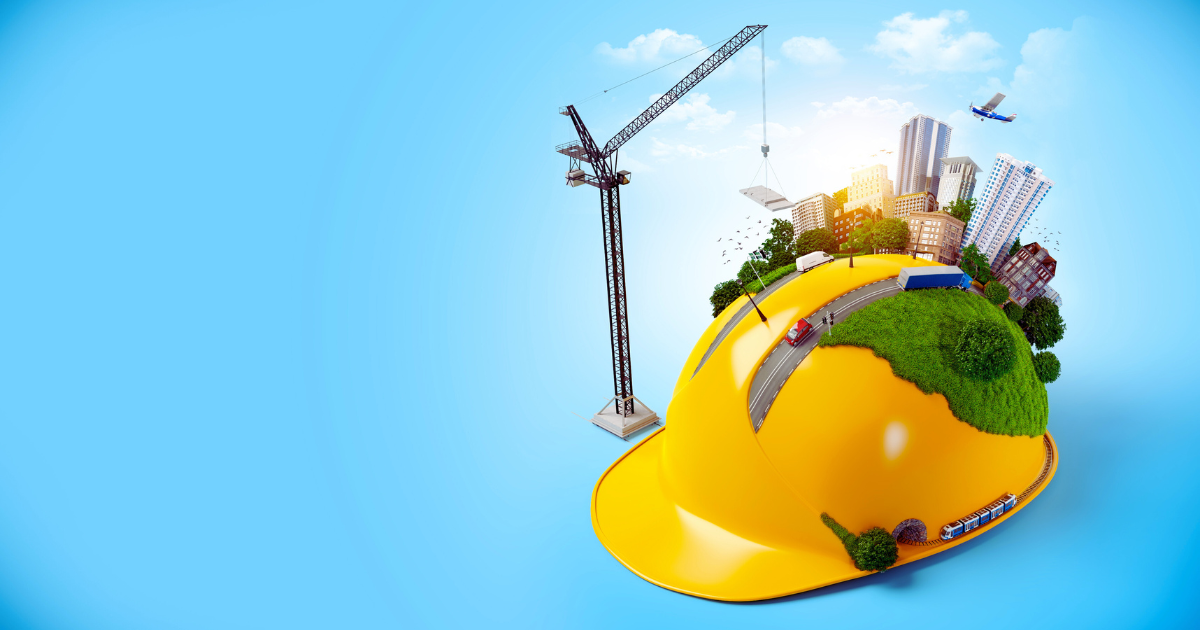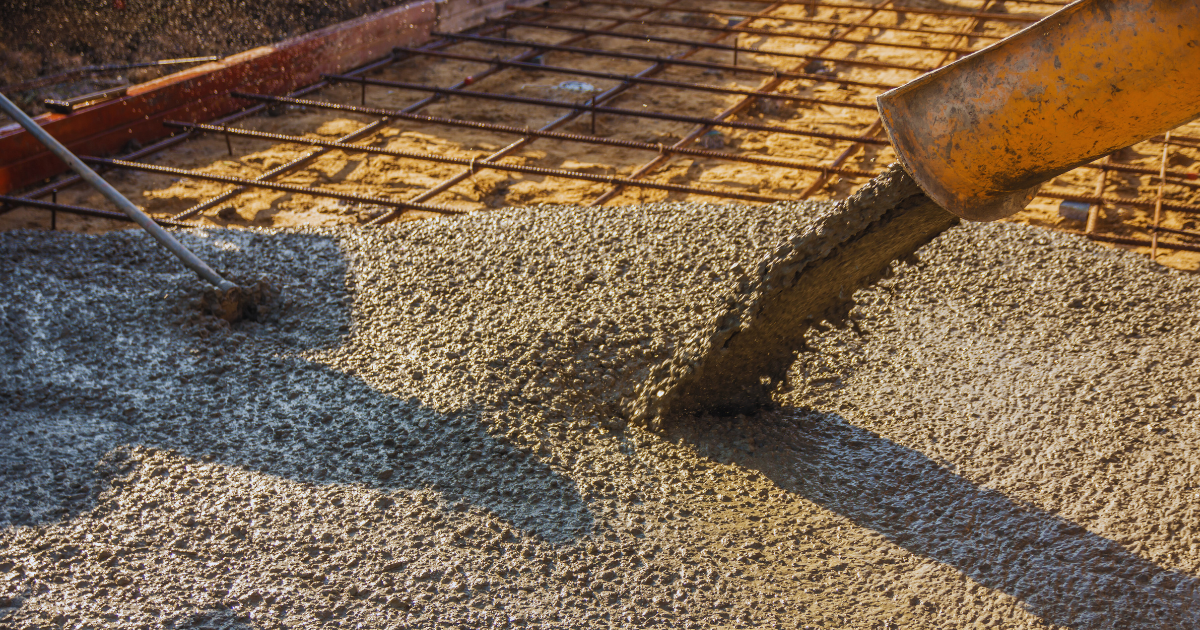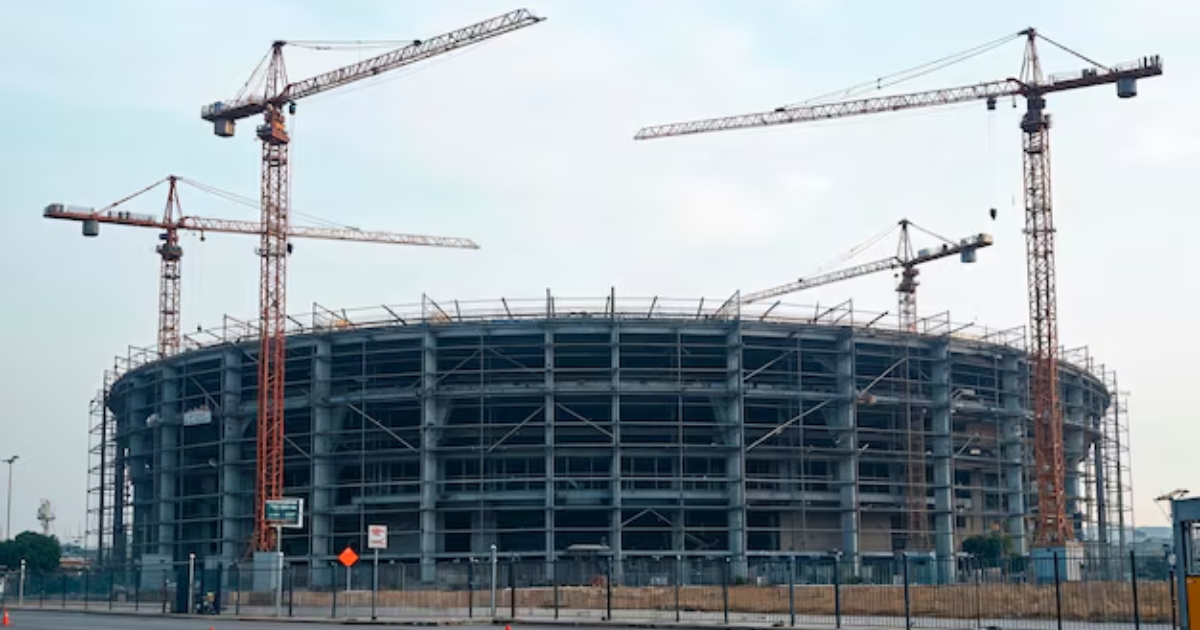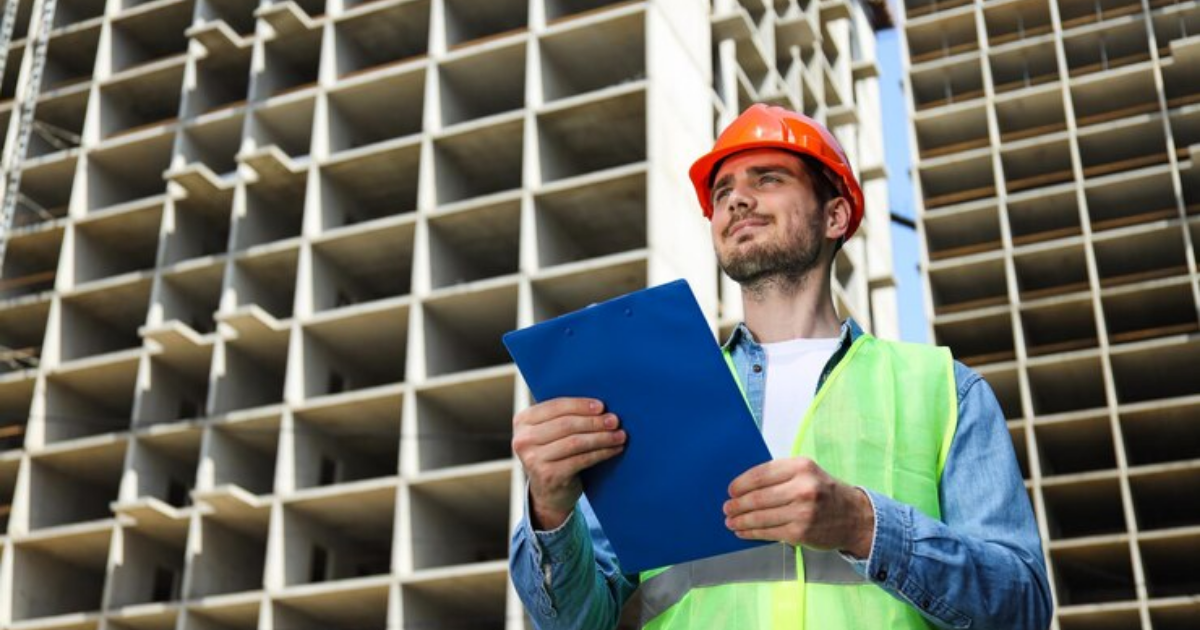Sustainable construction is transforming the way we build and live, emphasizing environmental stewardship, energy efficiency, and sustainable resource use. As we face increasing environmental challenges, the benefits of sustainable construction are becoming more evident, offering a path to a greener, healthier future. In this blog, we will explore the myriad benefits of sustainable construction, demonstrating how it creates a positive impact on the environment, society, and economy.
Sustainable Construction Benefits; Environmental
Reducing Carbon Footprint
One of the primary sustainable construction benefits is the reduction of carbon emissions. Traditional construction methods are significant contributors to greenhouse gas emissions, primarily due to the energy-intensive production of materials like cement and steel. Sustainable construction techniques prioritize the use of low-carbon materials and renewable energy sources, significantly lowering the carbon footprint of buildings. For instance, utilizing recycled materials and local resources reduces the need for transportation, further cutting emissions.
Energy Efficiency
Sustainable construction benefits extend to remarkable improvements in energy efficiency. Green buildings are designed to maximize natural light, utilize advanced insulation materials, and integrate energy-efficient systems like solar panels and geothermal heating. These innovations lead to substantial reductions in energy consumption, resulting in lower utility bills and a decrease in the reliance on fossil fuels. Energy-efficient buildings are crucial in the fight against climate change, as they help reduce overall energy demand and associated emissions.
Water Conservation
Water scarcity is a growing global concern, and sustainable construction offers significant benefits in addressing this issue. Green buildings incorporate water-saving fixtures, rainwater harvesting systems, and greywater recycling, which collectively reduce water usage. Sustainable landscaping practices, such as using native plants and efficient irrigation systems, further contribute to water conservation. These measures not only protect precious water resources but also lower operating costs for building owners and tenants.
Waste Reduction
Traditional construction generates a substantial amount of waste, much of which ends up in landfills. Sustainable construction benefits include effective waste management practices that minimize the environmental impact of construction activities. By adopting strategies like prefabrication, modular construction, and recycling of demolition debris, the amount of waste produced can be significantly reduced. This approach not only lessens the burden on landfills but also conserves raw materials and reduces construction costs.
Economic Benefits
Cost Savings
One of the most compelling sustainable construction benefits is the potential for significant cost savings. While the initial investment in green building technologies may be higher, the long-term savings on energy, water, and maintenance costs make sustainable construction financially advantageous. Energy-efficient systems and durable materials reduce the need for frequent repairs and replacements, lowering overall lifecycle costs. Additionally, green buildings often qualify for tax incentives, grants, and other financial benefits, further enhancing their economic appeal.
Increased Property Value
Sustainable construction benefits also include increased property values. Green buildings are in high demand due to their lower operating costs, healthier living environments, and reduced environmental impact. As awareness of sustainability grows, more buyers and tenants are seeking eco-friendly properties, driving up market values. Studies have shown that green buildings often sell or lease at higher prices compared to traditional buildings, providing a solid return on investment for developers and owners.
Job Creation
The shift towards sustainable construction is also generating new employment opportunities. The demand for green building materials, energy-efficient technologies, and sustainable design expertise is creating jobs in various sectors, including manufacturing, construction, and renewable energy. This growth in green jobs not only supports economic development but also contributes to a more sustainable and resilient workforce.
Social Benefits
Healthier Living Environments
Sustainable construction benefits extend to creating healthier living and working environments. Green buildings are designed with improved indoor air quality, natural lighting, and ventilation, which significantly enhance the well-being of occupants. The use of non-toxic building materials and low-emission products reduces exposure to harmful chemicals, contributing to better health outcomes. These improvements are particularly beneficial in urban areas, where air pollution and poor indoor air quality are common concerns.
Enhanced Comfort and Productivity
The design principles of sustainable construction focus on creating comfortable and productive spaces. Features like natural lighting, temperature control, and acoustics play a crucial role in enhancing the comfort of occupants. Studies have shown that these factors can lead to increased productivity, reduced absenteeism, and higher levels of satisfaction among employees and residents. Sustainable buildings create environments that support the physical and mental well-being of their occupants, making them more attractive places to live and work.
Community Benefits
Sustainable construction benefits extend beyond individual buildings to entire communities. Green building projects often incorporate public spaces, green roofs, and community gardens, fostering a sense of community and improving the quality of life for residents. These projects can also promote social equity by providing affordable housing options and ensuring that all community members have access to healthy, sustainable living environments. By prioritizing sustainability at the community level, we can create more inclusive, resilient, and vibrant neighborhoods.
The Future of Sustainable Construction
Innovation and Technology
The future of sustainable construction is being shaped by continuous innovation and advancements in technology. Emerging technologies, such as smart building systems, energy storage solutions, and advanced materials, are enhancing the efficiency and sustainability of buildings. For example, the integration of Internet of Things (IoT) devices enables real-time monitoring and optimization of energy and water usage, further reducing the environmental impact of buildings. As technology continues to evolve, the sustainable construction benefits will only grow, offering new ways to build greener and smarter.
Policy and Regulation
Government policies and regulations play a crucial role in promoting sustainable construction. Many countries and municipalities are adopting stringent building codes and standards that require energy efficiency, water conservation, and waste reduction measures. These regulations are driving the adoption of green building practices and ensuring that new construction projects meet sustainability criteria. Incentives such as tax credits, grants, and low-interest loans are also encouraging developers and property owners to invest in sustainable construction.
Education and Awareness
Raising awareness about the sustainable construction benefits is essential for driving widespread adoption. Education and training programs for architects, engineers, builders, and property owners are critical in equipping industry professionals with the knowledge and skills needed to implement sustainable practices. Public awareness campaigns can also highlight the advantages of green buildings, encouraging more people to choose sustainable options for their homes and workplaces. By increasing awareness and understanding, we can accelerate the transition to a more sustainable built environment.
Conclusion
Sustainable Construction Benefits are far-reaching, encompassing environmental, economic, and social dimensions. From reducing carbon emissions and conserving resources to enhancing property values and creating healthier living environments, sustainable construction offers a comprehensive solution to many of the challenges we face today. By embracing sustainable construction practices, we can create a greener, healthier, and more prosperous future for all. As we continue to innovate and adopt new technologies, the potential for sustainable construction benefits will only expand, paving the way for a truly sustainable built environment.







